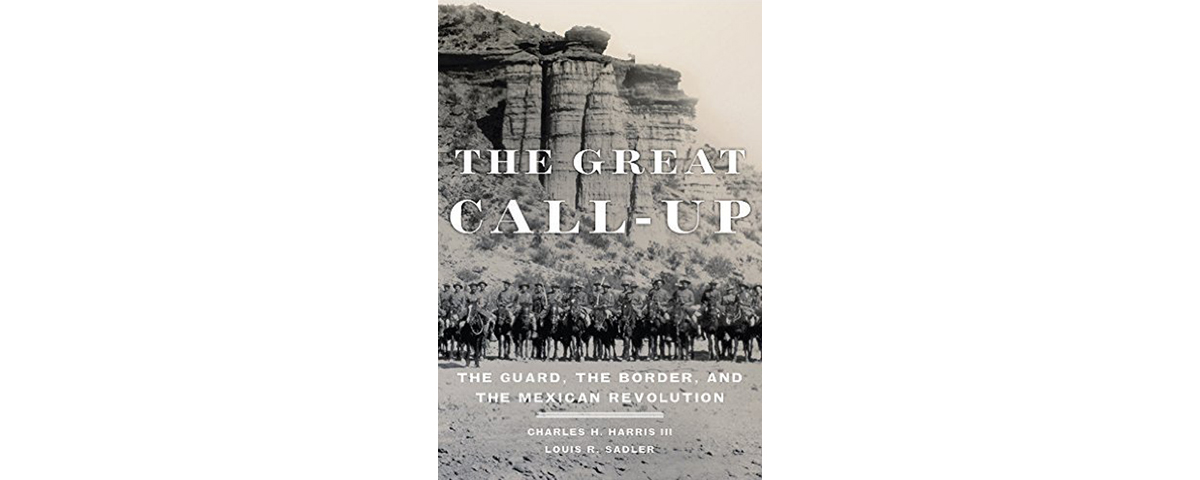The Great Call-Up: The Guard, the Border, and the Mexican Revolution, by Charles H. Harris III and Louis R. Sadler, University of Oklahoma Press, Norman, 2015, $39.95
Overshadowed by the U.S. entry into World War I, and often confused with the Mexican Expedition—led by Brig. Gen. John J. “Black Jack” Pershing in response to the March 1916 raid on Columbus, N.M., by Mexican revolutionary chieftain Francisco “Pancho” Villa—the June 18, 1916, mobilization of almost 150,000 members of the National Guard by President Woodrow Wilson to protect the border from Mexican raids gets short shrift from historians. Only two guard infantry regiments, the 1st New Mexico and the 2nd Massachusetts, were assigned directly to Pershing’s expedition, and they were limited to administrative and guard duties in Columbus, never entering Mexico.
Authors Harris and Sadler, professors emeritus of history at New Mexico State University and co-authors of several books on the Mexican Revolution, turn their attention to how the National Guard regiments, organized by the states to deal primarily with riots, strikes and natural disasters, transitioned to a strictly military role. Though it faced serious supply problems due to the Army’s inefficient logistical system, the mobilization helped the National Guard develop greater cohesion, while its officers and noncommissioned officers acquired invaluable experience. It was the National Guard’s 26th Infantry Division from New England that became the first full division to organize and deploy to France in September–October 1917—a feat that could never have been accomplished without the experience gained during the 1916 mobilization.
Enthusiasts of American military history will find The Great Call-up most enlightening as to how and why that came to be.
—Thomas Zacharis





